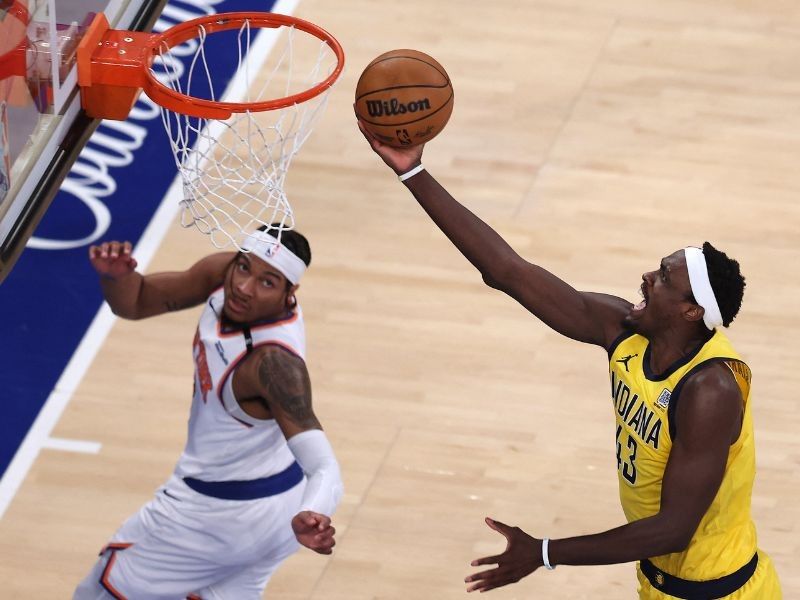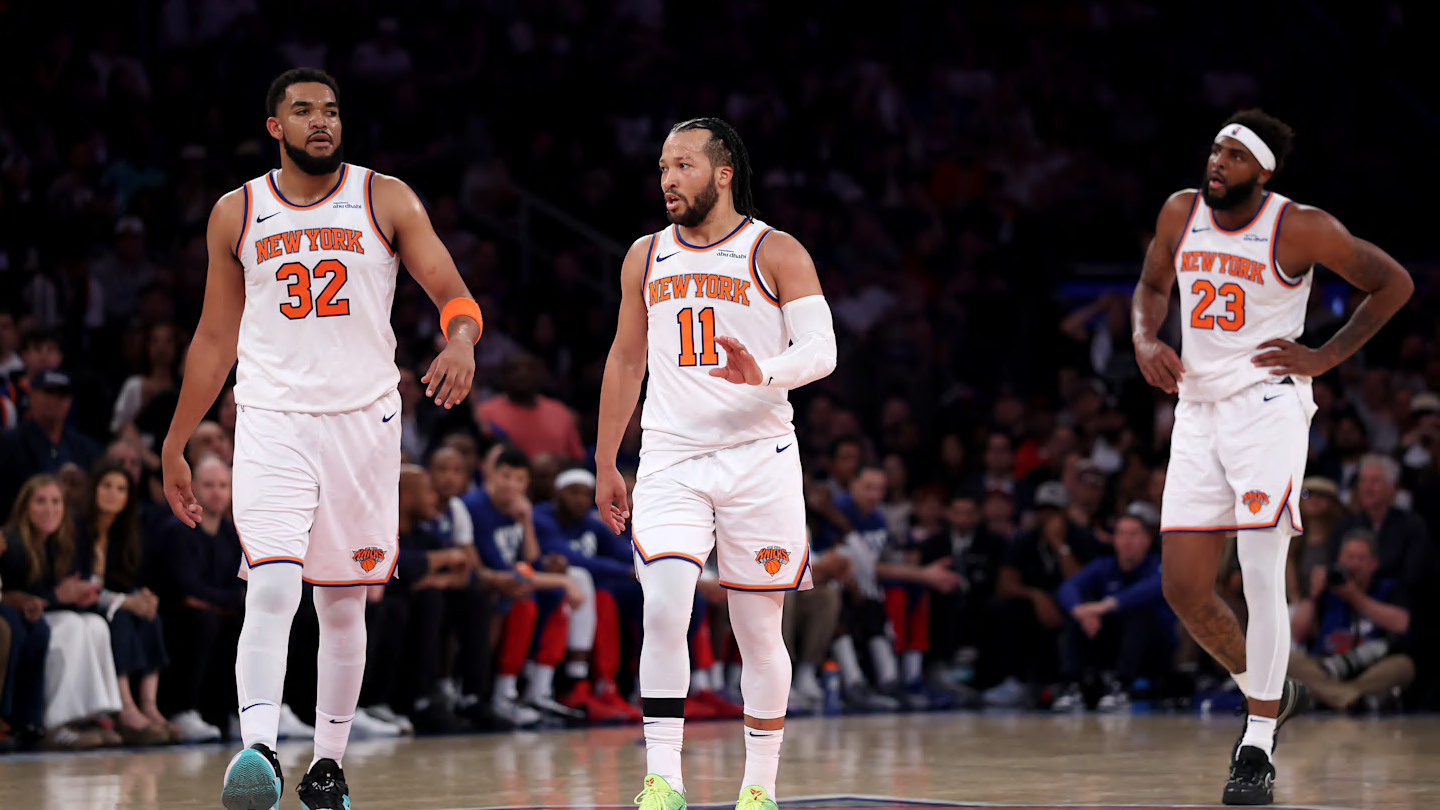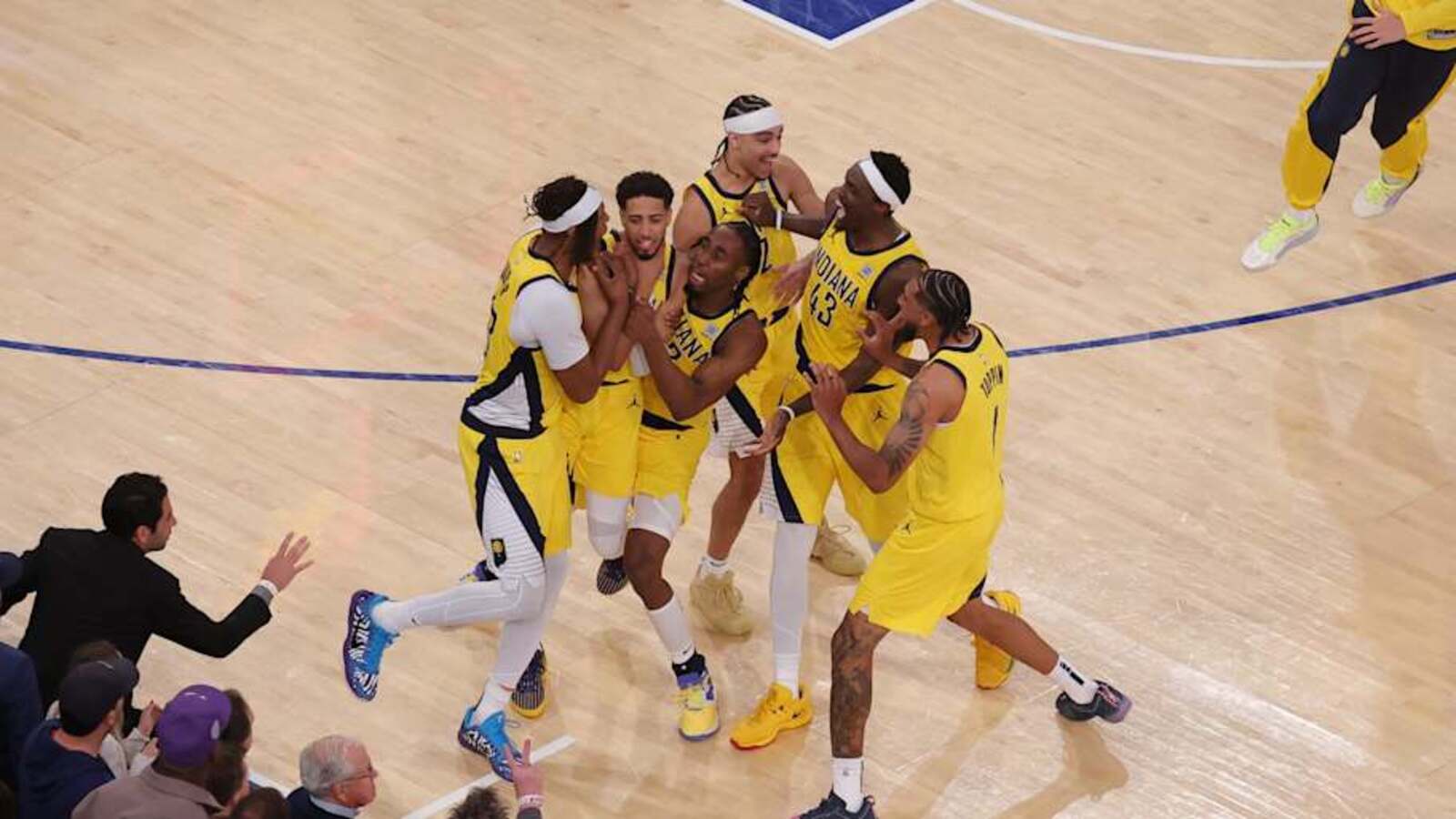How the New York Knicks Can Adjust Following Game 1 Collapse
In Game 1 of the Eastern Conference Finals, things looked like a wrap for the New York Knicks. They went on a fourth-quarter run to take a commanding 17-point lead and led 119-105 with 2:51 remaining. But the Indiana Pacers completed a historic comeback, with Aaron Nesmith catching fire and making an improbable string of three-pointers. A Tyrese Haliburton shot took a high bounce off the rim but went in and forced overtime. The Pacers stole Game 1 in overtime to take a 1-0 lead, leaving the New York Knicks to reflect on a catastrophic finish.
First off, the Game 1 result is not entirely on the New York Knicks. Credit needs to be given to the Pacers and how they played down the stretch. They made their shots and tightened up on defense. The Knicks were not conceding wide-open looks; Indiana just caught fire at the right time. And this is not the only time they’ve completed an improbable comeback in the final minutes to win a game in these playoffs.
They completed similar comebacks against the Milwaukee Bucks in Game 5 to win the series 4-1, and a comeback in Game 2 against the Cleveland Cavaliers. Haliburton also made clutch shots in these games, like he did to New York.
But, out of all these late-game comebacks, the New York Knicks had the largest lead in the closing minutes. And even though the Pacers deserve credit, there were also flaws that the Knicks can fix. The biggest factor in Game 1 was the pace. Indiana plays a fast brand of basketball and wants to run after misses, makes, and turnovers. This leads to games feeling like a track meet, and it favors the Pacers. They have the depth and personnel to run and shoot teams out of the gym.
In Game 1, the New York Knicks looked to beat the Pacers at their own game. And to their credit, until the final minutes, they were doing just that. New York is one of the few teams with an offense that can keep up with Indiana’s. But one adjustment could be to slow the game down.
The Knicks have an advantage in their big men, Karl-Anthony Towns and Mitchell Robinson, who were dominant on the glass in Game 1. If they can clog the paint to prevent drives, and OG Anunoby, Mikal Bridges, and Josh Hart can guard their yard on the perimeter, they could slow or stifle Indiana’s attack. But this hinges on Towns, who is a questionable defender.
One lineup adjustment the New York Knicks could make is going double big by playing Towns and Robinson on the floor together. Robinson has been a defensive and rebounding force, and his interior presence would give Towns more room to stretch the floor on offense. Robinson was a key factor in their second-round victory over the Boston Celtics and has the athleticism to keep up with Indiana’s fast offense, and the defense and rebounding to slow the game down if need be.
Another factor in the Knicks slowing the game is Jalen Brunson. Brunson dictates the pace of the New York Knicks, and as a ball-handling guard, there aren’t many in the NBA better than Brunson. With his scoring at all levels and foul-drawing ability, he can determine the flow of the game.
The New York Knicks lost Game 1 in a dramatic fourth-quarter collapse, blowing a 14-point lead in the final two minutes. To avoid a similar collapse, they need to find ways to slow the game down. This could be tackled by playing better defense, potentially through Robinson, and relying on Brunson to determine the pace and flow of the game.









